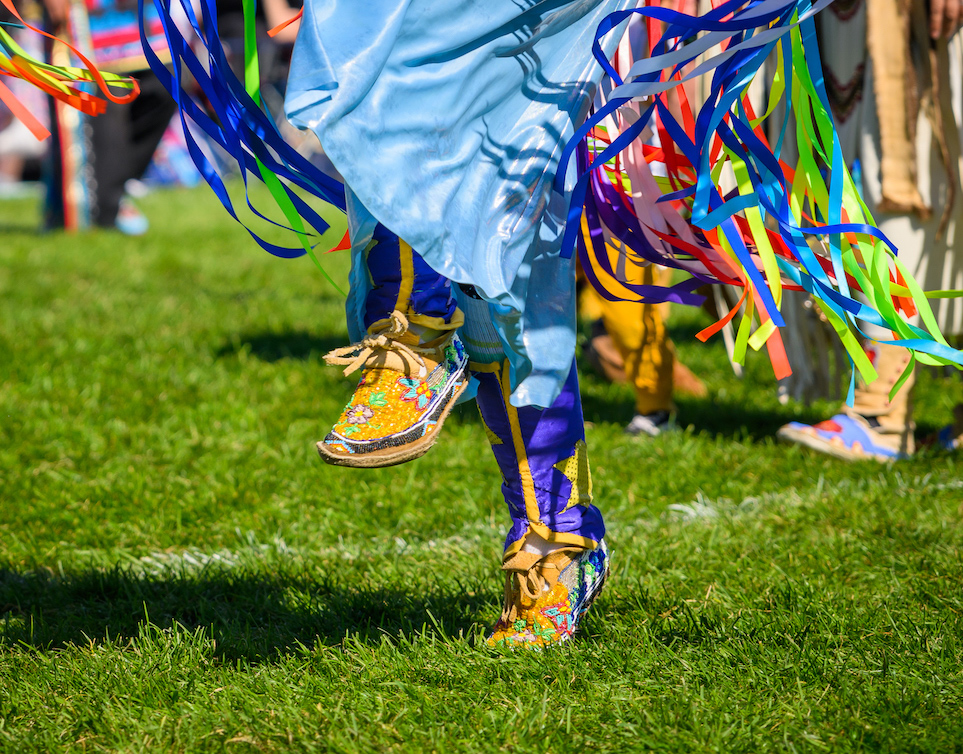Michigan State University values communications practices that support belonging for all Spartans. In alignment with strategic efforts that advance diversity, equity and inclusion, the supplemental Inclusive Guide is a resource that provides best practices for communications on an increasingly diverse global campus.
The Inclusive Guide is a complement to the MSU style guide and provides recommendations for informing campus communications professionals that includes best practices, suggested terms to avoid and inclusive alternatives. The guide does not apply to academic, medical, legal or other specialized areas.
It’s important to note that using inclusive language in communications is an evolving and dynamic practice, so while this guide covers several areas, it is not comprehensive in scope. Accordingly, the guide only provides recommendations that should be considered in a case-by-case scenario, as many factors will determine the appropriate language for various types of content and audiences.
The guide aligns with the MSU Editorial Style Guide and includes recommendations informing images, web content, scripts, events and more.
Download the Word document version. This resource will be updated annually. To provide suggestions or feedback, email inclusion@msu.edu.
Gender and Sexuality
Language is shifting and changing all the time, as is society’s understanding of gender and sexuality.
Race and Ethnicity
This guide recognizes that race and ethnicity are socially constructed and uses them interchangeably with the purpose of more accurately writing about the diversity of MSU.
Global Identity
When covering topics of global immigration, nationality and religion, accuracy is important to avoid exclusive and culturally normative language.
Disability
How the university communicates about people with disabilities, including accessibility practices, can create a more inclusive campus experience for many Spartans.
General Practice
Use great care when writing about identity. This guide is not one size fits all and is meant to be applied on a case-by-case basis depending on tone, channel, audience and content. Often, language boils down to individual identity, which brings up the overarching principle of this guide: Consult with the individual to determine how they would like to be referred.
- Use language in accordance with the individual’s identity.
- Be specific and avoid generalizing identity groups.
- Avoid the use of pejoratives. However, exceptions can be made for quotations if relevant to the content.
- The origins of seemingly innocuous idioms or words may be racist, sexist or ableist in nature, such as “cakewalk” or “grandfather clause.” Consider the origins of everyday language before freely using it in communications.
- Avoid reinforcing deficit narratives that place people as victims of societal problems and myths that ignore systemic barriers, as both prop up negative stereotypes. Instead use truth-telling about those deficits and barriers.
- We all make mistakes. Give yourself grace, reflect and consider ways to acknowledge any unintentional harm that may have resulted. For tools on inclusion, respect and accountability, visit Building Inclusive Communities .
Considerations
The purpose of the guide is to inform general communications and does not apply to academic, medical, legal or other specialized fields. Some terminology, like obesity, is specific to a disease, thus, recommendations to use alternative options do not apply to technical applications.
Furthermore, the recommendations do not apply to established names. For example, one recommendation to use alum(s) or graduate(s) instead of the gendered term alumni does not apply to office or group names, such as the Alumni Office or MSU Black Alumni.
Although the guide provides a wide scope of practices, it does not provide definitions for terms. Communicators are encouraged to learn more about diversity, equity and inclusion terminology by exploring listed resources. The
Diversity Style Guide
is a recognized resource used by journalists and media professionals in the United States and is a good place to start.
Currently, MSU’s guide does not include recommendations around socioeconomic status, age, body type, veteran status, parent identity and incarcerated people, or land acknowledgment and land-grant identity and demographics, which may be included in the future.
In addition, while this guide includes disability language, it is not intended to provide a comprehensive list of accessibility practices. Consult the
Web Accessibility
website for current recommended standards.



